The making of a Formula E car’s livery
[vc_row][vc_column][vc_column_text]
One trait of Formula E that has made it a talking point amongst the motorsport community is the impressive ensemble of liveries on show down the grid. Noor Amylia Hilda brings us an insider’s look into how the iconic livery of the Faraday Future Dragon Racing cars came to life.
If you were to google “race car livery design”, you’d end up with list upon list of endless debates on what makes a race car iconic and instantly recognisable. That’s the power of the livery, it has the ability to transfix and awe and not forgetting—a crucial medium for sponsors to advertise their brand names. But how does the design of a Formula E car’s livery come to life?
To find out, we went behind the scenes with Faraday Future Dragon Racing and Ian Tupper, Motorsports and Marketing Communications Manager at Faraday Future to give us an insight into how the FFDR Formula E car’s livery design was conceived:
The design approach
“At Faraday Future, we pride ourselves on our design team. The FF 91 (Faraday Future’s flagship electric vehicle) maintains incredible balance by being both deeply futuristic but not over the top—not overly ostentatious or anything like that. It’s otherworldly, but at the same time, it’s a shape that you can relate to.
“Our design team is absolutely phenomenal, so when it came to our approach with Formula E, we really had the opportunity to take the Faraday Future brand and inject our brand philosophy and brand approach onto the canvas which is the Formula E race cars.
“The whole philosophy of the company is that we have a unique and kind of an unbound approach, we’re not limited by past history so we can start fresh and totally rethink everything and totally go for it which I’m very proud to say is what we did with the Formula E livery.”
Inspiration and sources of influence
“We also looked at a number of other different sources of influence. Obviously, our two drivers (Loïc Duval and Jérôme d’Ambrosio) are both fantastic and both very dynamic with different personalities. We looked at some practical needs to differentiate the two drivers and differentiate the two cars. So, we thought—how can we play at this?
“When you look at the two cars from the top down—the patterns almost mimic if you were to drop a magnet and get some iron filings, you would see a similar electromagnetic current. That was the way we got the whole shape and the whole pattern fanning out at the back and ultimately the same pattern is formed from the same grid that forms our logo but we spread it out at different shapes and at different intervals.
“What we really wanted to capture was a livery that was instantly recognisable and also unlike anything we’ve seen before.”
The design process
“Our design team sits in-house at our headquarters facility in Los Angeles and is made of designers with different backgrounds from all over the world. They’re some of the most creative minds in the industry and they come from a wide range of backgrounds from tech, automotive, industrial design and fashion…you name it.
“We’ve essentially given them a blank template of a Formula E car, then they’ll start playing with the different shapes of logos and it’s really out of that group that the design comes alive.
“The process is they’ll usually pick a number of designers and create a small team and then they’ll work on it together as a team, giving each other feedback and a series of reviews.
“Obviously, when you have a dynamic owner such as Jay Penske and you have all these guys that are all involved as well and then, it becomes more of a discussion of our design team and myself representing the marketing program and the (racing) team here as well deciding on what’s gonna fit us? What statement is it that we want to make on the track?”
Conceptualisation
“If you look at our livery launch video we posted last October when we first showed the livery in Hong kong, there were a couple of great quotes about the livery representing this concept of duality that you see across our business.
“Not only do our two drivers have very different personalities but we have this idea of an electric vehicle that is both clean, comfortable but also very, very fun to drive. The way we approach building the car is that we work also in the virtual world—especially on the design side.
“We do a tonne of virtual reality work in a way we manipulate and think about shapes, and then in the real world we still take some of the best practises such as clay modelling and we spend a lot of time looking at the forms and different shapes out in the real world. All these other concepts that play with duality in the real world and the way we conceptualise the livery design.
“At the end of the day, we realise we’re very fortunate that we have two of the most exciting drivers on the grid—both fun, clever incredibly outgoing and jovial in their own different ways, so we try to capture that a little bit when designing and letting them choose essentially if they wanted the white car or the black car.
“Loïc has an incredibly illustrious career in sports car racing which requires being methodical and conserving energy whereas Jérôme has single seater and Formula One experience and is more aggressive and I think you can see a little bit of that in the livery.
“Ultimately, it’s representing that they’re both this incredibly strong personalities who certainly approach racing differently, but at the same thing make the same statement and performance out on the track.”
Restrictions and guidelines
“The FIA only really mandates that the two cars have to be the same, which in this respect they are—because they’re both black and white and it’s the same pattern on both cars.
“You get quite a lot of freedom apart from the sponsor positions that are mandated by the series and agreements you have with different sponsors, but other than that, it really is a blank canvas.
“I think you see some of the stuff being done in some of the other series, is that the FIA is pushing more on the idea of how you identify drivers. They introduced numbers in Formula One a couple of seasons now and I think, the idea on how we’re all now working on telling and giving back to the story of the driver and their personalities is showing because at the end of the day, they’re heroes. Or even the engineers, I always argue in motorsports that the engineers are equally the heroes but drivers are the ones the fans identify with.”
Key elements for a good design
“Obviously, aesthetics is important. I think the biggest thing is to know who your sponsors are and know what brands are going to be on the car.
“Ultimately, you want it to be a cohesive and aesthetically pleasing package and I think that’s very critical. I think the bad ones are when you end up with serious visual clashes.”
Expectations for season four
“We had a meeting with the design team and we’re just starting to conceptualise. It’s gonna be very cool, I think it will be an evolution of this concept and we’re trying to build something iconic here and build a new brand.
“I think we’ll see through some of the design language from the livery now but we’re taking it up a level into something even more special.”
[/vc_column_text][/vc_column][/vc_row][vc_row][vc_column][vc_column_text]
Design concept images courtesy of Faraday Future Dragon Racing
[/vc_column_text][/vc_column][/vc_row]




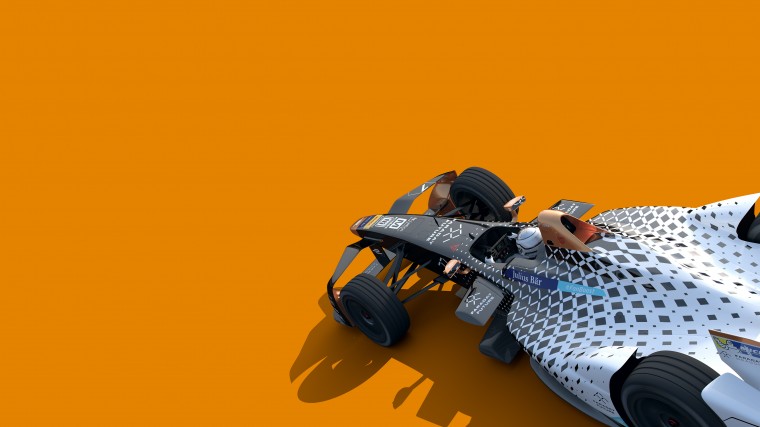
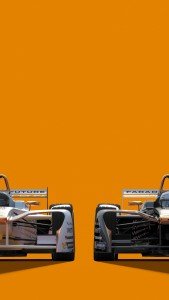
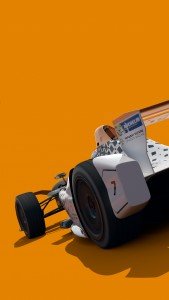
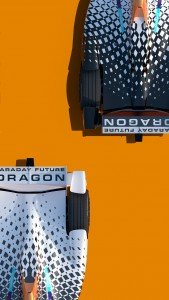
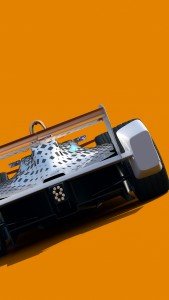
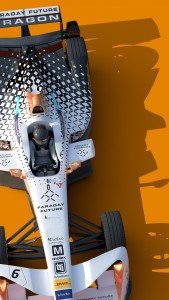
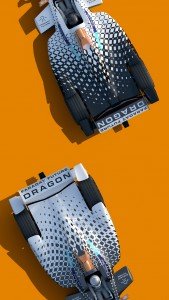
 No part of this website or any of its contents may be reproduced, copied, modified, adapted, used or distributed without the prior written consent of the author. e-racing.net is not responsible for the content of external sites or links.
No part of this website or any of its contents may be reproduced, copied, modified, adapted, used or distributed without the prior written consent of the author. e-racing.net is not responsible for the content of external sites or links.